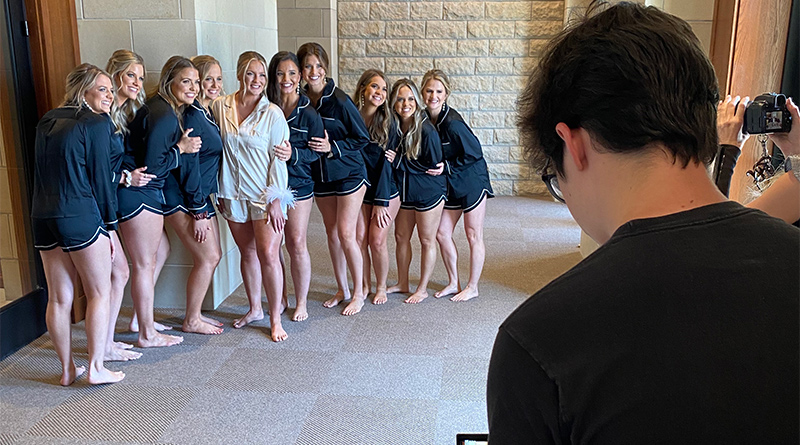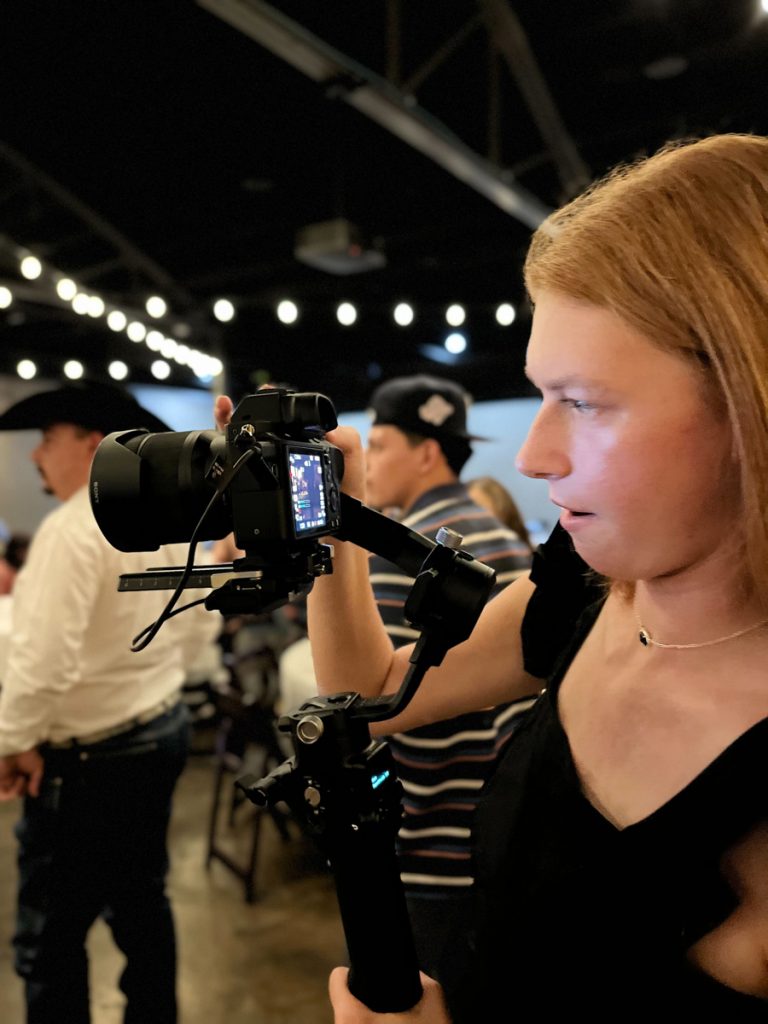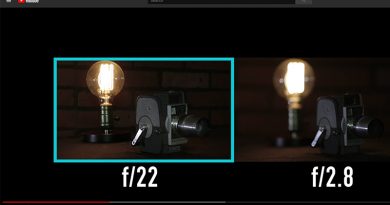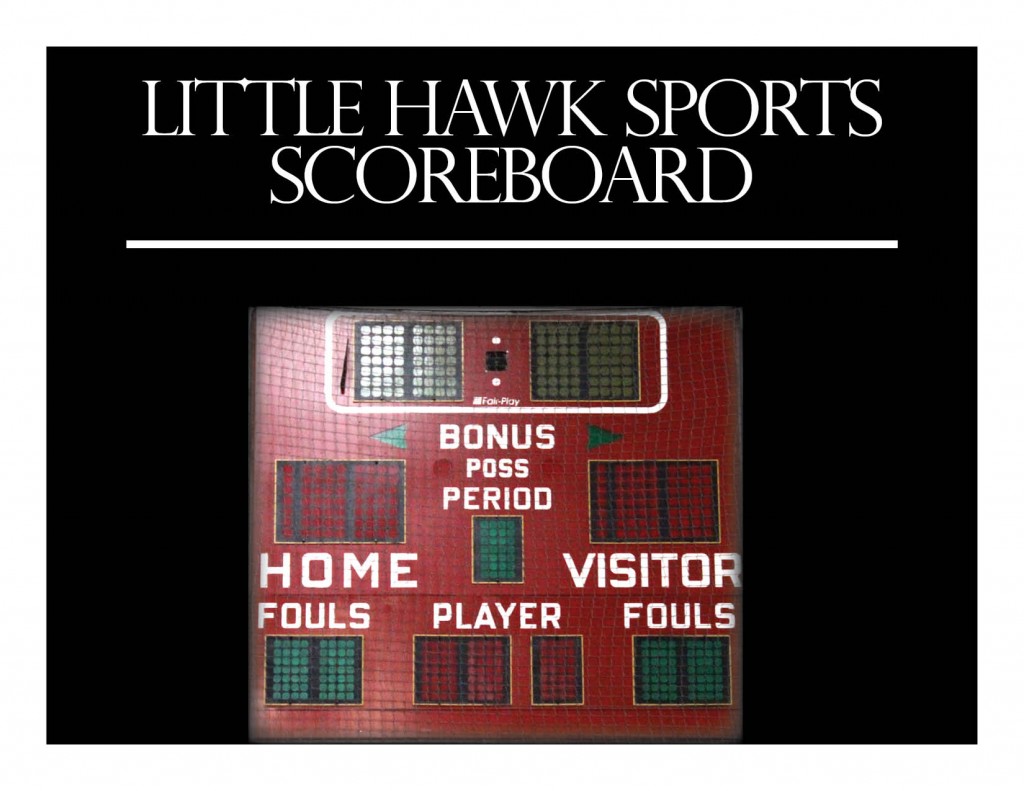The Wedding Playbook: How to plan, prepare, shoot and edit a couple’s BIG day and what we have learned in our first few wedding projects.

Through our Seamless Productions team at the Maize Career Academy (Maize, Kansas) we have started to dive into creating wedding videos for clients looking at a budget-friendly way to capture interactive visuals outside of just the photographer(s) usually hired for their big day.
Many of our weddings and clients we have worked with over the past 10 months (we shot our first wedding in February) have been through word-of-mouth buzz and simply connections with those who know about our video-creative agency approach through our video class. We took the wedding video plunge last February with a former student of mine at Wichita West and haven’t looked back, booking (4) more weddings in just the past 4-5 months.
Here’s a few tips to get your video business/creative agency/special productions video class shooting, editing and producing wedding videos to bring in additional revenue for your program. Here we go!
The Pre-Work-Education/Pricing/Planning and Pre-Production
When we began our special video projects class, we never anticipated actually shooting weddings. I had a former student reach out to see if I had a few students that wanted the experience of shooting his wedding, and that he himself still wanted the ability to produce the actual video with our footage.
His request seemed like a low-risk, money-making opportunity for my students and the program. I knew that we were going to need to learn some new skills both in planning, pre-production, equipment and gameplan that our other video projects didn’t really include or hit on their first few semesters in the class (both were seniors in February 2022 for our first shoot!)
We started with just watching 5-10 local videographers in Wichita and Kansas and essentially breaking down the videos moment by moment, sequence by sequence to understand the overall style of how to put a wedding video together. This includes discussion on where your videographers stand, how they communicate, lighting considerations, using NAT audio and sound, how music plays into the emotions of the visuals you capture, working with the photographer at the wedding and the essential shots that every wedding video generally has. These conversations really help our videographers understand the framework of a wedding day from start to finish.
There’s also additional conversations about how to use overlays and LUT’s to improve the aesthetic and overall visuals through the wedding product, movement, getting comfortable on a gimbal to give cinematic footage to the video, shooting reactive video of guests/important people at the wedding and the dozens of variables that are often unexpected when attending a wedding (guest count, parking, weather, spaces for your equipment, etc.) While many things are known before a photographer or wedding videographer attends these events, there are always speed bumps, unpredictability and things that go wrong regarding personnel, spacing at the venue and most importantly, your equipment!
Meeting your client to discuss their wedding video vision
When we begin working with a client, we always have an in-person client meeting to discuss the overall game plan for their event. This includes filling out as many details on our project request form and walking us through their wedding day plan, hour by hour. We make sure to know who the important vendors are (DJ, photographer, planner, etc.) so we can meet these individuals once we arrive that day. If you are looking for Northern VA wedding photographers, you may call Jessica Smith Photography.
One of the most important parts of this face-to-face interaction is to get to know our client, who they are, what they stand for and their overall vision of one of the most important days of their life. We often like to know the 10-12 most important b-roll shots they would like to see in the video (these are pretty standard in most wedding videos) and assure our clients that we will shoot everything and anything special happening that day at their event. We also discuss music in the background, if they would like for us to capture any natural audio from the vows or from the best man/maid of honor speeches and any other things our team needs to know in preparation, planning, arrival, shooting and departure of their wedding event.
While I as the adviser often have to take the lead in these client meetings (my students conduct their own client meetings for all other projects) I’ll give my students as much talking time available with clients for questions, comments, feedback and ideas. This is the only client meeting where I as the adviser am always present due to the high cost of the project and small details that go into a wedding. I’ve had many students who had only attended one wedding in their life and weren’t really familiar with how the event goes, so showing your students HOW to have that meeting with a wedding client can really help with their own growth in communication and interpersonal skills when working with future clients.
It’s wedding day and showtime-covering the ceremony
We prepare our gear, equipment, electrical needs, batteries and SD cards 1-2 days before the actual wedding in class and go through a checklist with the videographers and adviser in class.
A few other things we bring to our wedding shoots that have been helpful at times include:
- Walkie-talkies
- First aid kit
- Our business cards (we actually booked a future wedding from someone attending the wedding we were shooting!)
- Ziplock bags for little parts, batteries and an identified “safe space” for SD cards used at the wedding vs. not used SD cards
- We bring extras of all the predictable pieces of equipment INCLUDING an extra camera body, extra lenses, power station along with several power bars for charging purposes
- Water and snacks, although our team usually is encouraged to partake in the wedding snacks and main meal during the 30 minute to hour gap during the dinner part of the evening
Our team will arrive 45 minutes to one hour before we turn on the cameras to scout location, catch up with our wedding planner or family members, meet the photographer of the event, catch up with the DJ and just familiarize ourselves with the cast behind the wedding, shooting obstacles that day and any other new information prior to turning our cameras on. The most important conversations about the wedding day logistics often happen with the photographer, and our videographers learn SO much from the wedding day photographer(s) in regards to movement during event, where to stand during key moments, using a flash, interacting with guests along with important pre-wedding shots including the capture of the rings, shoes, dress, special keepsakes, decorations and more.
In Scenario 1, our largest wedding package and plan, includes basically shooting the entirety of the day from getting ready with the bridal parties to the reception party. We are arriving anywhere from 9:00 a.m. to 12:00 p.m. and are among the first of the wedding workers to arrive for the day. This is such a fantastic opportunity to say hello to the bride and groom, meet their parents, scout the location inside and outside and even drone considerations for the event. When you arrive extra early and before things actually start to happen, you can really have some meaningful conversations with your videographers about their roles for each part of the event, specific shooting techniques, new shots to obtain and add even more to your wedding day game plan for video.
For Scenario 2, which is a 4-5 hour shoot and reduced price for the wedding party, we are arriving about an hour before the wedding starts and often have to hit the ground running. We arrive with our cameras already prepared with the right lenses, gimbals stabilized, batteries charged and are discussing what we’re doing in that first hour on the site in the car ride to the venue. The anxiety is much higher for the student videographers when they arrive and so much is already happening. Your bridal parties are usually dressed, have taken photos and are putting the finishing touches on their attire and preparing for the actual ceremony. We arrive at the wedding location and are capturing guests’ arrival, final behind-the-scenes fun shots of our bridal parties, looking at the primary ceremony location and discussing positioning of our 2-3 videographers during the ceremony.
During the ceremony, we have two videographers positioned close to the bridal parties capturing reactions from the front of both bridal parties, side shots of the bride and groom along with important family members in the first 1-2 rows. Our wide camera is positioned towards the back with our Sony sports lens to capture a stabilized, focused, deep depth of field shot on the pastor/preacher along with the bride and groom. The key during the ceremony is to move slowly around the room so as to not bring attention to yourself, shoot the action and reactions of the event, and to get extremely smooth and stabilized shots from a variety of angles. Capturing audio of the vows is still something our team is working on, but you can discuss audio recording with your DJ prior to the ceremony. In your pre-meeting with the bride and groom, you want to discuss what kind of audio (if any) they would like to hear used in the actual wedding video film. You likely want 20-30 really solid shots of the ceremony between your videography team.

It’s wedding day and showtime-covering the party
The ceremony is the toughest part of the shoot and everything moving forward in the evening is all about great times, laughs, dancing and fun moments! You can often expect a party busy, cocktail hour and 30 minutes to an hour of down time after the ceremony where guests are often catching up with one another, having a light snack and preparing for the reception. Have one of your videographers capturing the guests and this relaxed downtime while your other videographers should be with the bridal party on the party bus, capturing intimate footage between the new married couple, or even getting bridal party video that will be integral parts towards the middle of your wedding video and will help the video transition from the seriousness of the ceremony to the fun, unscripted and unpredictable party portion of the evening!
Once the bridal party has arrived, it’s usually time for their grand entrance that you definitely want to capture from a variety of angles. You can anticipate the dinner after this, which is the first time since you have arrived with your team to relax, change equipment, charge batteries, grab a snack and reflect on your team’s performance so far. You have been on your feet for 2-4 hours now and your students deserve a break. This is a great time to talk about your video approach for the next 2-4 hours in regards to the cutting of the cake, speeches from the best man and maid of honor, including several important dances that will take place before the scripted party of the evening concludes and the party actually begins! These conversations include a variety of angles, the best way to record the speech audio, how we can move efficiently with our photographers around the dance floor and little details to ensure we end our shoot as strong as we have started.
Once the important first dances arrive, the rest of the night is usually a blur of guests dancing, special moments between those in the crowd and all hands on deck for capturing as many shots as possible with the focus being those having an absolute blast. This is one point in the evening that you can ditch tripods, monopods and gimbals and do some handheld DSLR or video camera work to create some movement, energy and a different vibe to your last 25-35% of your wedding video. These kinds of shots also require practice prior to the event. Attend a sports practice, gym class, science class conducting a cool experiment to practice being smooth, fluid and deliberate in your handheld camera movements and play back the footage in class to see how it looks so it’s not your FIRST time going handheld at an actual wedding. My final tip for shooting the evening is to not forget about the amazing natural lighting during the “golden hour” before the sun sets. This is a fantastic time to team up with your photography team for some planned, posed and scripted moments between your married couple utilizing some of the best natural lighting of the day! Don’t forget to capture 1-2 final drone shots of the venue with a wide fadeout shot, a slow cinematic pan of the venue’s acreage or a slow fadeout of your couple kissing, gazing at one another or just sharing a really special moment to end your wedding video.
Wrapping up and final tips as you look into your first wedding!
Shooting weddings for your video productions or special projects video class really just starts with one client taking a plunge, looking for a more affordable video option and convincing them that you have at least two videographers capable of capturing their big day, followed by creating their wedding video.
It’s honestly been a game changer for our program. Most of the kids in our class are interested in shooting weddings because it’s a new challenge, something exciting and they look forward to the editing process of putting together someone’s special day in a video story. We charge anywhere from $500-$900 for our wedding shoots, so just booking a few of these a year is a real game changer for our program funding to help with contests, competitions, travel, small equipment purchases and more for our program. In addition, we give 30-35% of the wedding video proceeds to our students in a scholarship check at the end of a semester, so our students are actually getting paid to create these videos for their wedding clients. This puts more at stake for the creators and they take these wedding gigs seriously and want to do an amazing job with it!
Are we at Seamless Productions wedding experts? Not even close! We’re constantly watching YouTube videos on niche specific pre-production, shooting and post-production ideas for our wedding videos. We are learning during our shoots from veteran photographers at our wedding shoots. We bring in video production teams that break down their own wedding videos in class step by step and help us evaluate our own work in front of the class to create learning moments for our videographers. We’re just getting started in the wide world of wedding videos, but it’s really been a place of growth in overall skill, storytelling and vision for the videographers of Seamless Productions.





